Music is a powerful tool for capturing and retaining an audience’s attention in a visual project. When the right sound resonates with viewers, they are more likely to share, engage, click, and spend time with the media. While choosing the perfect sound recording might seem straightforward, obtaining the rights to use it involves navigating several obstacles. There’s a saying that goes, “The best songs are irreplaceable,” which may or may not be true, but is Music Supervision solely about picking the best song for a particular scene? Yes, but that’s only about 15% of the process.
On the surface, it may appear that a song has just one owner—the artist. However, several rightsholders contribute to making the song unique and available for you to listen to and sync with visuals. These rightsholders are typically divided into two groups: the Label/Performers for the master recording and the Composers of the musical composition. Therefore, clearing a song involves working with at least one entity on the Master Recording side and another on the Publishing side. The image below illustrates how a single song can involve about six different rightsholders, and in reality, 10-20 songs might be used in a visual project like a movie.

What’s the way forward? We mentioned there are two rights to be cleared, the first right can be cleared through the Record Label while the second rights can be cleared through the Publisher. Easy, yeah? There’s another blocker.
Next comes the negotiation, where you’ll need to flex your negotiation skills and leverage your Best Alternative to a Negotiated Agreement (BATNA). At this stage, the existing valuation of the song will be crucial, as there’s no fixed price for licensing a record. You’ll need to make an offer that both the record label and publisher can accept. Sometimes, you might be fortunate to work with an entertainment company that holds both rights or with sync agents who have pre-cleared both rights, making them readily available for a potential licensee.
Once you have the music ready for use, what’s next? Having a good musical ear as a music supervisor or director can be both beneficial and challenging, as you may want a re-recording of the song if it doesn’t align with the sync point.
For instance, some of the musical instruments used in the highlife genre during the 1960s might not be in tune with modern standards, making the sound recording seem off-key. In such cases, a re-recording may be necessary. On-camera performances or songs can also pose a challenge if the actor or actress doesn’t hit the right musical notes, and it becomes the music supervisor’s responsibility to ensure the performance aligns with the director’s vision of an excellent rendition.
After post-production, the next step is to create a cue sheet. This sheet, usually prepared by the Music Supervisor or someone in the Music Department, provides a detailed account of all the music used in the visual project. A copy of this sheet should be sent to the composers and performers for registration with their affiliated Performing Rights Organizations for sound recordings and compositions. Failing to submit this could amount to illegal usage, as performance royalties wouldn’t be paid to the rights holders.
Finally, as a filmmaker or visual director, generating additional revenue from releasing the soundtrack or score is a bonus. The master use license generally covers this unless stated otherwise. Working with an aggregator or distribution company can make it easier to distribute the music across digital service providers, allowing users to stream it and the production house to receive royalties on the masters for at least fifty years from the recording date. Some interesting soundtrack compilation albums have been created for Nollywood projects, showcasing this potential revenue stream.




